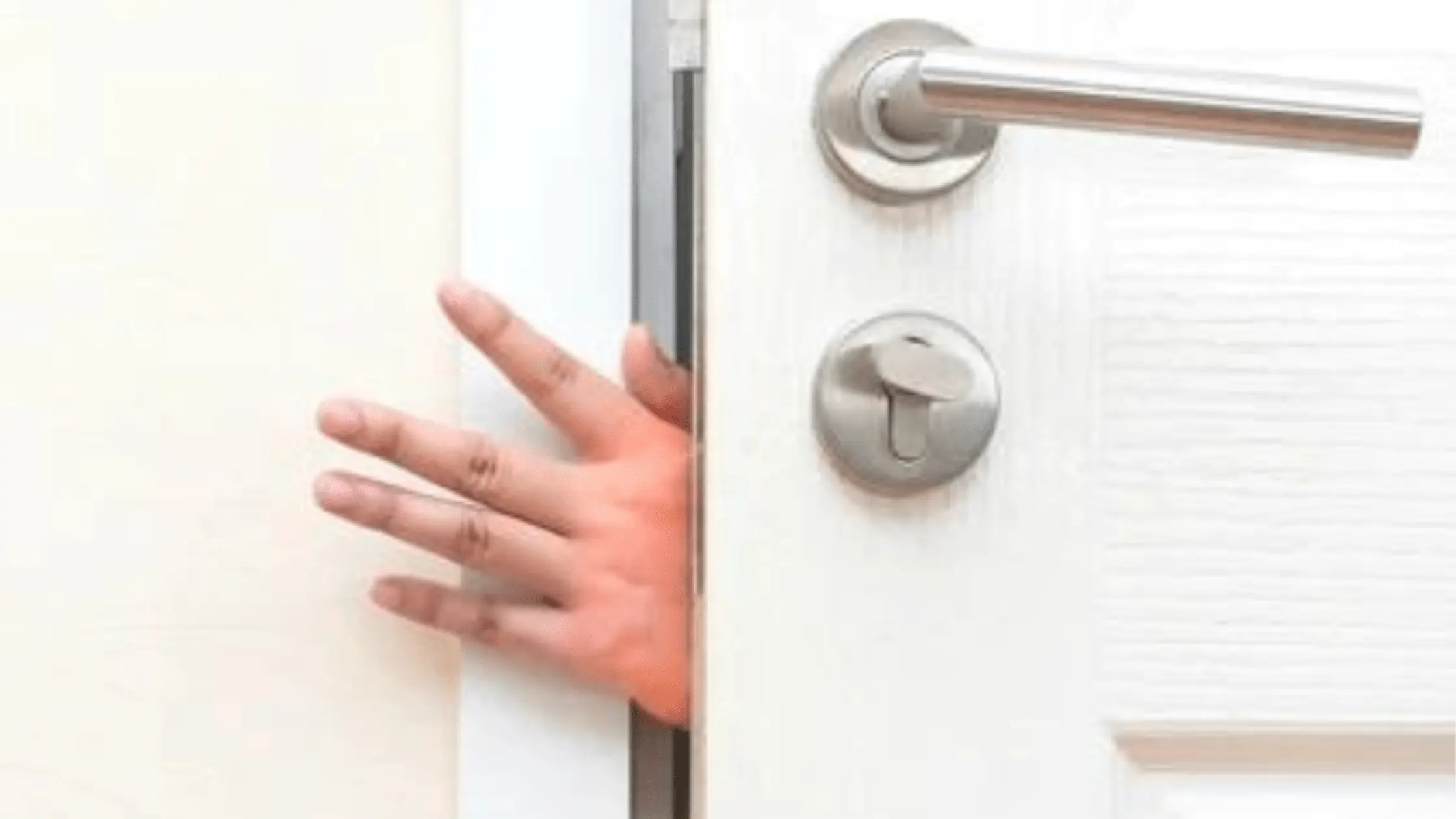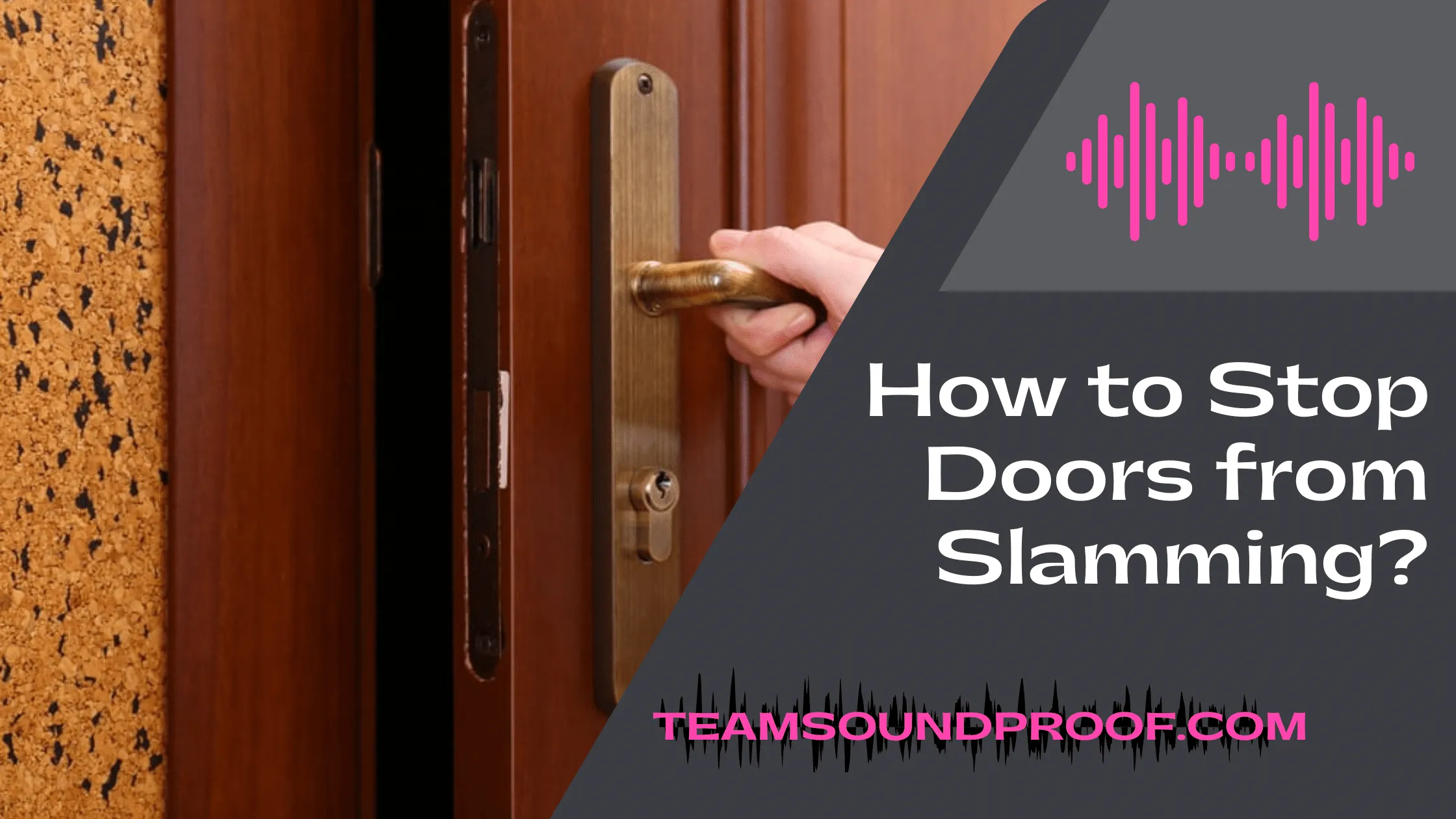Preventing Slamming

The incessant BANG! of slamming kitchen cabinet doors can be incredibly jarring, not to mention potentially damaging to your cabinets and your sanity. But fear not, fellow kitchen dwellers! This isn’t an insurmountable problem; with a few simple, inexpensive solutions, you can restore peace and quiet to your culinary domain. We’ll explore easy fixes using everyday items, delve into hinge adjustments, and show you how to install those handy little bumpers that make all the difference.
Simple Solutions Using Household Items
Let’s tackle those slamming doors with readily available materials. These methods offer quick fixes and require minimal effort. Remember, even small adjustments can make a significant impact on noise levels and the longevity of your cabinet doors.
| Method | Materials | Procedure | Effectiveness |
|---|---|---|---|
| Felt Pads | Self-adhesive felt pads | Clean the inside of the cabinet door where it contacts the frame. Apply felt pads to the door edge, ensuring complete coverage of the contact area. | Good for minor slamming; provides cushioning and reduces noise. |
| Rubber Bumpers | Small rubber bumpers (available at hardware stores) and adhesive | Attach rubber bumpers to the inside of the cabinet door near the edge. Ensure they’re positioned to make gentle contact with the cabinet frame when the door is closed. | Moderate effectiveness; provides more impact absorption than felt pads. |
| Foam Tape | Foam weather stripping tape | Apply foam tape to the inside edge of the cabinet door, ensuring even pressure along the contact surface. | Good for minor slamming; adds cushioning and dampens noise. Works particularly well on uneven cabinet frames. |
Adjusting Cabinet Door Hinges
Sometimes, the culprit behind slamming doors is simply misaligned hinges. A slight adjustment can often solve the problem completely. Before you begin, identify your hinge type – overlay, inset, or full overlay – as this will influence your adjustment approach. Common tools you’ll need include a screwdriver (Phillips or flathead, depending on your hinges), possibly a small level, and potentially a small hammer or mallet for more stubborn hinges.
- Identifying Hinge Issues: Loose screws are a frequent cause. If the hinge plate is loose, it allows excessive movement, leading to slamming. Similarly, if the hinge is not correctly aligned with the door and frame, this can create play and lead to the door slamming. Sometimes, hinges might simply be worn out or damaged, requiring replacement.
- Tightening Screws: Start by tightening all screws on each hinge using the appropriate screwdriver. Check if the hinges are aligned properly. Tighten screws firmly, but avoid over-tightening which can strip the wood.
- Adjusting Hinge Screws: Many hinges have small screws that allow for vertical and horizontal adjustment. These screws are typically located on the hinge plate attached to the cabinet door or frame. Turn them gently to adjust the door’s position until the door closes smoothly and quietly.
- Hinge Replacement: If screws are stripped or the hinges are visibly damaged, replacement is necessary. Purchase hinges matching your existing type and carefully follow the manufacturer’s instructions for installation.
Installing Door Bumpers or Catches
Door bumpers and catches offer a simple, effective, and inexpensive solution. These small devices prevent the door from slamming shut completely.
- Magnetic Catches: These are simple to install. One part is attached to the inside of the cabinet door near the edge and the other to the cabinet frame. The magnetic attraction holds the door gently closed, preventing slamming. Imagine a small, round metal disc attached to the door, with a corresponding metal disc on the cabinet frame, creating a soft, magnetic closure. To install, simply peel the adhesive backing off and press firmly onto the designated locations.
- Friction Catches: These are slightly more complex and require drilling small holes to attach the catch mechanism to the cabinet frame. They create friction that slows the door’s closure, preventing slamming. Picture a small, usually metallic, device that extends slightly from the cabinet frame, gently gripping the edge of the cabinet door as it closes. The installation would involve pre-drilling holes and securing the catch with screws.
- Self-adhesive Bumpers: These are the simplest option. They are small, usually rubber or plastic, and stick directly to the inside of the cabinet door near the edge. They create a small buffer that slows the door’s closure. Visualize small, round or cylindrical rubber pads that are attached to the door using an adhesive backing.
Intermediate Solutions for Persistent Slamming

The initial steps to quell the incessant clatter of slamming kitchen cabinets may not always suffice. If gentle persuasion through felt pads and door bumpers fails, it’s time to explore more robust, intermediate solutions. These methods offer a more permanent and effective fix, transforming your kitchen from a chaotic percussion section into a peaceful haven. Let’s delve into the options that provide lasting relief from those frustrating slams.
Magnetic Catches versus Self-Closing Hinges, How to stop kitchen cabinet doors from slamming
Magnetic catches and self-closing hinges both aim to prevent slamming, but they achieve this through different mechanisms. Magnetic catches utilize the simple, powerful force of magnets to gently pull the cabinet door closed, preventing a hard impact. Self-closing hinges, on the other hand, incorporate a built-in mechanism that gradually slows and stops the door’s movement, providing a smooth, controlled closure.
Installation of magnetic catches involves attaching a magnetic plate to the inside of the cabinet door and a corresponding receiver to the cabinet frame. This is generally a straightforward process, requiring only a screwdriver and some basic measuring skills. The advantage is simplicity and low cost; the disadvantage is that they may not be suitable for heavier doors, and the magnetic pull might not be strong enough in some cases.
Self-closing hinges, while more complex to install, often require replacing existing hinges. This may involve removing screws, aligning the new hinges precisely, and adjusting the tension for optimal self-closing action. The advantage lies in their smooth, controlled closure, suitable for heavier doors, and the consistent performance. However, they are more expensive and require more technical skill for installation.
Cabinet Door Dampers and Shock Absorbers
Dampers, or shock absorbers, are mechanical devices that utilize hydraulics or pneumatic pressure to slow the closing of cabinet doors. These offer a superior solution to the more rudimentary magnetic catches and can handle even the heaviest doors. They seamlessly integrate into the cabinet door’s movement, providing a quiet, controlled close each and every time. Different types offer varying degrees of strength and adjustability, allowing for customization based on door weight and desired closing speed.
The following table compares three different damper models:
| Feature | Model A (Budget-Friendly) | Model B (Mid-Range) | Model C (Premium) |
|---|---|---|---|
| Type | Hydraulic | Pneumatic | Hydraulic with adjustable tension |
| Cost | $5 – $10 per damper | $10 – $20 per damper | $20 – $30 per damper |
| Installation Complexity | Easy, requires basic tools | Moderate, may require precise alignment | Moderate to Difficult, requires precise alignment and tension adjustment |
| Durability | Moderate | High | Very High |
Friction Catch Installation Guide
A simple friction catch offers a cost-effective solution, especially for lighter doors. This mechanism uses friction to gently slow the door’s closing motion. The installation involves attaching a small catch to the inside of the cabinet door and a corresponding receiver to the cabinet frame.
[Visual Guide Description:] Imagine three simple drawings. Drawing 1 shows a cabinet door with a small, rectangular friction catch affixed to its edge near the top. The corresponding receiver is mounted on the cabinet frame, slightly recessed. The drawing illustrates how the catch engages with the receiver as the door closes, creating friction. Drawing 2 demonstrates an alternative placement: the catch is positioned near the bottom of the door. This is ideal for doors that tend to swing open slightly at the top. Drawing 3 shows a variation where the catch is centrally located, providing balanced friction across the door’s movement. All three drawings highlight the importance of precise placement for optimal performance. Accurate placement ensures consistent friction and prevents the catch from being too loose or too tight.
Advanced Techniques and Considerations: How To Stop Kitchen Cabinet Doors From Slamming

Sometimes, even after diligently adjusting hinges and employing intermediate solutions, those pesky cabinet doors continue their noisy slamming. This is where more advanced techniques come into play, often requiring a bit more finesse and perhaps some specialized tools. Don’t despair; even the most stubborn slamming doors can be tamed.
Advanced Solutions for Persistent Slamming
For those truly persistent slamming issues, particularly with heavier doors or severely worn hinges, three advanced techniques can be invaluable. These techniques offer a more robust and long-lasting solution compared to simple hinge adjustments.
- Installing Soft-Close Hinges: If your budget allows, replacing your existing hinges with soft-close hinges is the ultimate solution. These hinges incorporate a built-in mechanism that slows the door’s closing speed, preventing that jarring slam. The installation involves removing the old hinges and carefully attaching the new ones, ensuring proper alignment. You’ll need a screwdriver (likely Phillips head), possibly a drill for pilot holes (depending on the hinge type and your cabinet material), and of course, the new soft-close hinges themselves. This method is effective even for unusually heavy doors or those with significant wear and tear.
- Cabinet Door Dampers: Another excellent option is to install cabinet door dampers. These small, often adhesive-backed devices are placed on the inside of the cabinet door or frame, providing resistance as the door closes. They’re easy to install, requiring minimal tools, and offer a quieter, gentler closing action. You’ll need the dampers themselves, a measuring tape for precise placement, and potentially some adhesive cleaner to ensure a strong bond. This method is ideal for doors that are slightly too heavy or where hinge adjustment isn’t fully effective.
- Reinforcing Hinges and/or Cabinet Structure: If the slamming is due to severely worn hinges or a weak cabinet structure, reinforcement is necessary. For worn hinges, consider replacing them with stronger, higher-quality hinges. For a weak cabinet frame, you might need to add support pieces (wood blocks or metal brackets) to reinforce the area where the hinge is attached. This requires more advanced woodworking skills and tools, including a drill, screws, wood glue, and possibly a saw. This solution is best suited for older cabinets or those made from less durable materials.
Addressing Underlying Problems Beyond Hinge Adjustment
Sometimes, the slamming isn’t solely a hinge issue. Other factors can contribute, often requiring a different approach to resolve the problem.
- Warped Doors: A warped door won’t close properly, leading to slamming. The solution involves carefully re-aligning or replacing the door. For minor warps, you might try placing weights on the warped section for a period to attempt to gently reshape it. For significant warps, replacement is often the best option.
- Uneven Cabinet Frames: An uneven cabinet frame can prevent the door from closing smoothly. This usually requires adjusting the frame itself, potentially using shims to level it. This might involve removing the door for easier access and precise adjustment.
- Loose Screws: Loose screws in the hinges or cabinet frame can lead to instability and slamming. Tightening the screws can often solve this issue. A screwdriver is all that’s needed for this simple yet effective solution.
